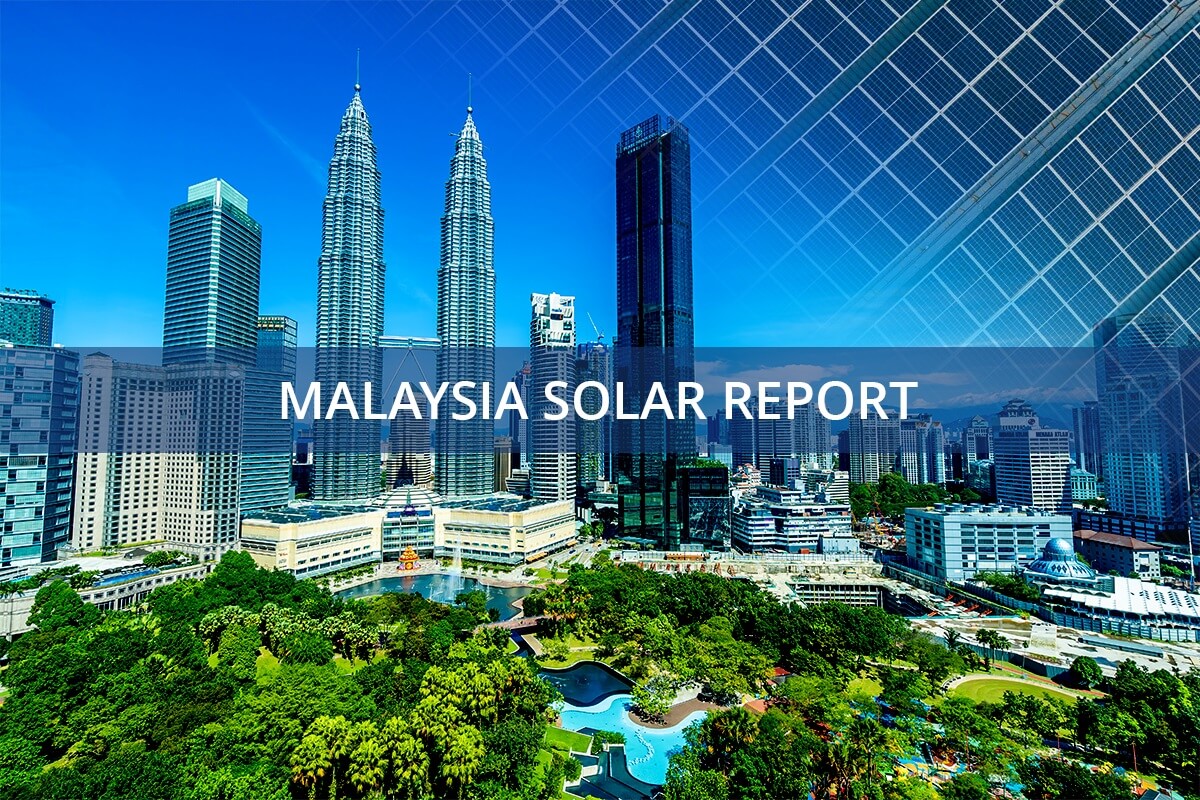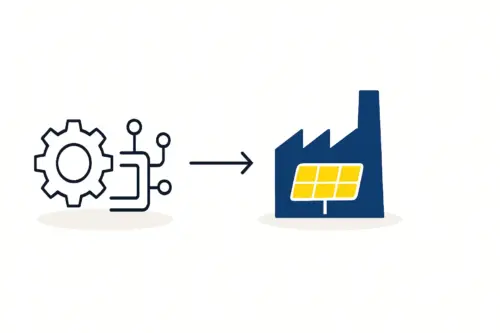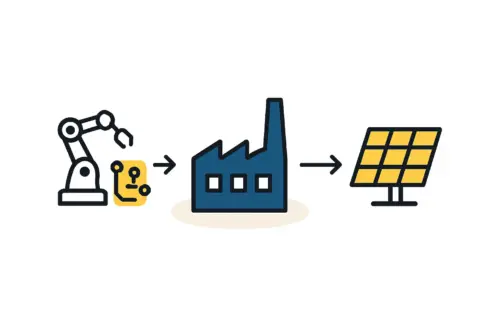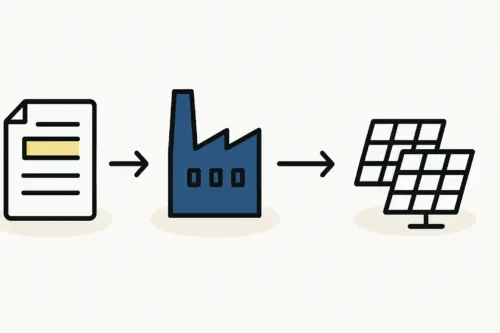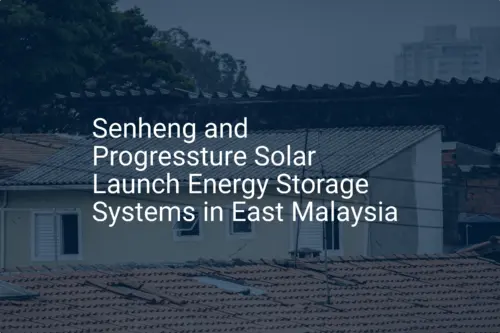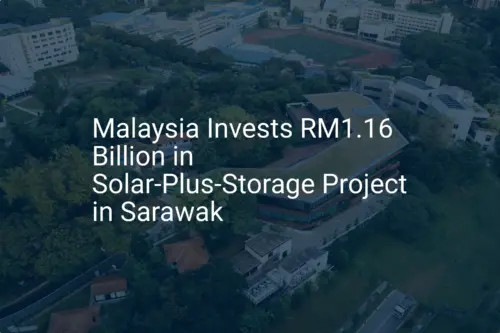A Foreign Investor’s Guide to MIDA’s Solar Manufacturing Incentives in Malaysia
Many international entrepreneurs exploring solar manufacturing are drawn to Southeast Asia for its dynamic markets and growing demand. Yet they often overlook a critical factor that sets one country apart: structured, government-backed support.
Malaysia, through its Malaysian Investment Development Authority (MIDA), offers one of the region’s most compelling frameworks for attracting investment in renewable energy. The financial incentives are significant and can reshape the business case for a new factory.
This guide offers a clear overview of the MIDA application process for solar manufacturers seeking Pioneer Status or an Investment Tax Allowance (ITA). It is for business professionals who need a practical understanding of the steps, requirements, and strategic context, without being experts in Malaysian investment law.
Understanding Malaysia’s Investment Landscape: MIDA and Key Incentives
The Malaysian Investment Development Authority (MIDA) is the country’s principal agency for promoting the manufacturing and services sectors. For foreign investors, MIDA is the primary point of contact for navigating government regulations and securing fiscal incentives.
Two main incentives are available for promoted activities, including the manufacturing of solar photovoltaic components:
-
Pioneer Status: This incentive provides a partial exemption from corporate income tax. A company granted Pioneer Status pays tax on only 30% of its statutory income for five years, effectively exempting 70% of its profit from tax.
-
Investment Tax Allowance (ITA): This incentive allows a company to claim an allowance of 60% on its qualifying capital expenditure (QCE) incurred within five years. This allowance can be used to offset up to 70% of the statutory income for each assessment year.
The choice between these two options depends entirely on a company’s financial projections, specifically the balance between initial capital investment and expected profitability.
The Strategic Context: Why Malaysia Supports Solar Manufacturing
Understanding the ‘why’ behind these incentives is crucial for a successful application. MIDA’s policies are not arbitrary; they are directly linked to Malaysia’s national ambitions as outlined in frameworks like the New Industrial Master Plan 2030 (NIMP 2030) and the National Energy Transition Roadmap (NETR).
These roadmaps prioritize:
Ready to make big Profits?
The solar Industry is Booming
WE HELP NEWCOMERS to the solar industry start their own solar module production line. Customers can make BIG PROFITS by selling modules and finding investors, without wasting money and time on things they don't need!
- High-Value Activities: Moving beyond basic assembly to more technologically advanced manufacturing, such as wafer and cell production.
- Economic Complexity: Building a robust domestic supply chain for renewable energy.
- Sustainability and Decarbonization: Positioning Malaysia as a regional leader in green technology.
An application that demonstrates alignment with these national goals by proposing technology transfer, creating skilled jobs, or using local resources is far more likely to be viewed favorably.
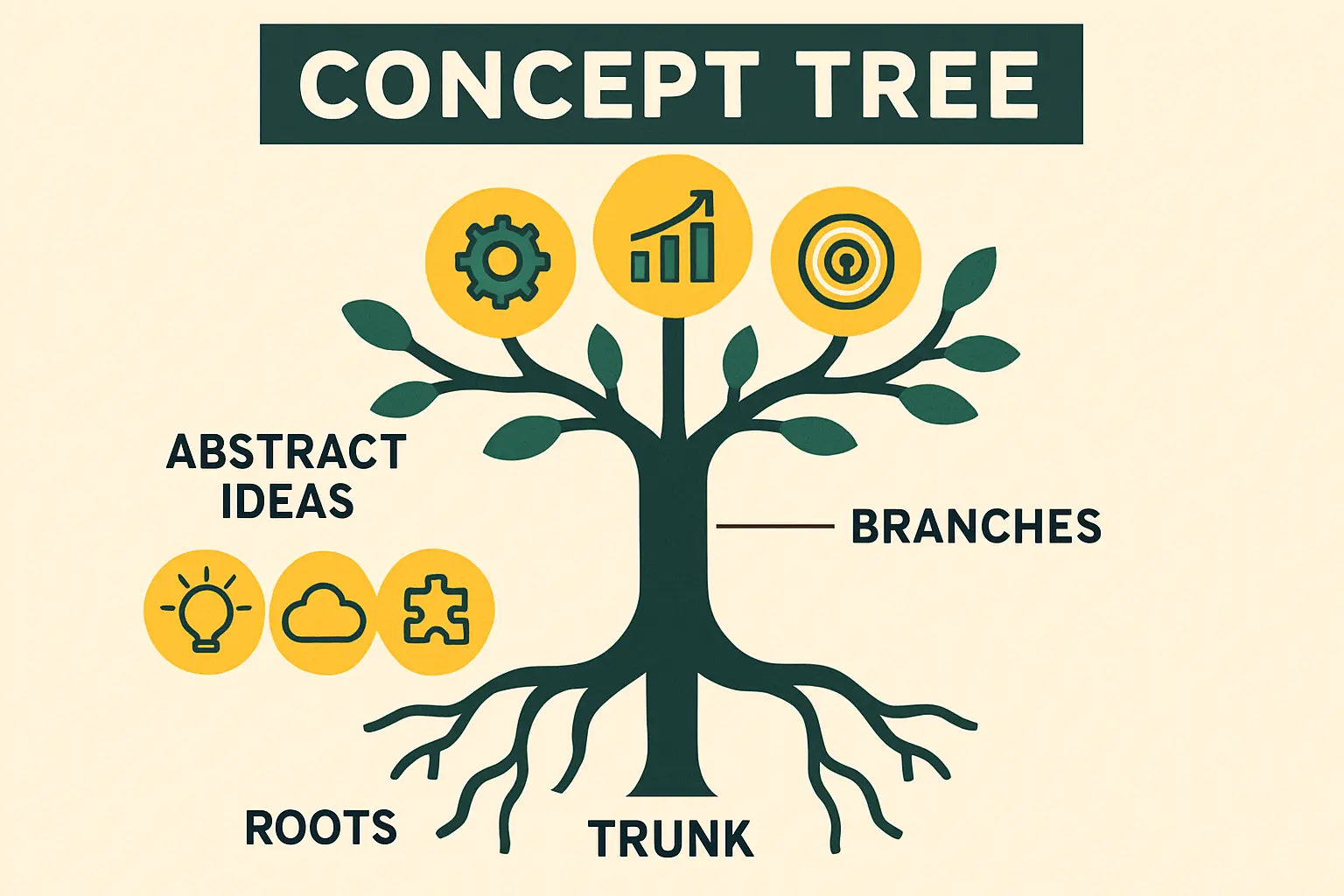
Step-by-Step: Navigating the MIDA Application Process
The application process is methodical and requires careful preparation. Experience with turnkey projects shows that a well-structured approach is essential.
Step 1: Pre-Application and Eligibility Assessment
Before drafting any documents, an investor should first confirm that the proposed project qualifies as a ‘promoted activity.’ For solar, this generally includes the manufacturing of solar wafers, cells, modules, solar-grade polysilicon, inverters, and ancillary products like EVA sheets and backsheets.
MIDA evaluates projects based on their potential contribution to the Malaysian economy. When planning the right production capacity, investors should highlight how the project introduces new technology, develops local suppliers, and contributes to export earnings.
Step 2: Preparing the Core Documentation
A successful application hinges on the quality and completeness of the submitted documents. The primary requirement is a comprehensive project proposal or business plan.
While the specific MIDA application forms provide a template, the supporting project paper is where the business case is made. A strong proposal must clearly articulate:
- Company Background: Details on the shareholders and management team.
- Project Details: A thorough description of the manufacturing process, technology to be used, and production capacity.
- Market Analysis: Identification of target markets (local and export) and projected market share.
- Financial Projections: Detailed forecasts of costs, revenue, and profitability. A robust application requires a comprehensive solar factory business plan.
- Contribution to Malaysia: A clear explanation of how the project will create jobs, facilitate technology transfer, and support local industries.
Step 3: Submission and Review
Applications are submitted digitally through MIDA’s InvestMalaysia portal. Once a complete application is received, MIDA’s internal evaluation process begins. This may involve requests for additional information or clarification. A decision is typically rendered within four to six weeks.
Step 4: Post-Approval and Compliance
Receiving an approval letter is a significant milestone, but it comes with obligations. Companies must fulfill the commitments made in their application regarding investment amount, job creation, and project implementation timelines. Regular compliance reports must be submitted to MIDA to maintain the incentive status.
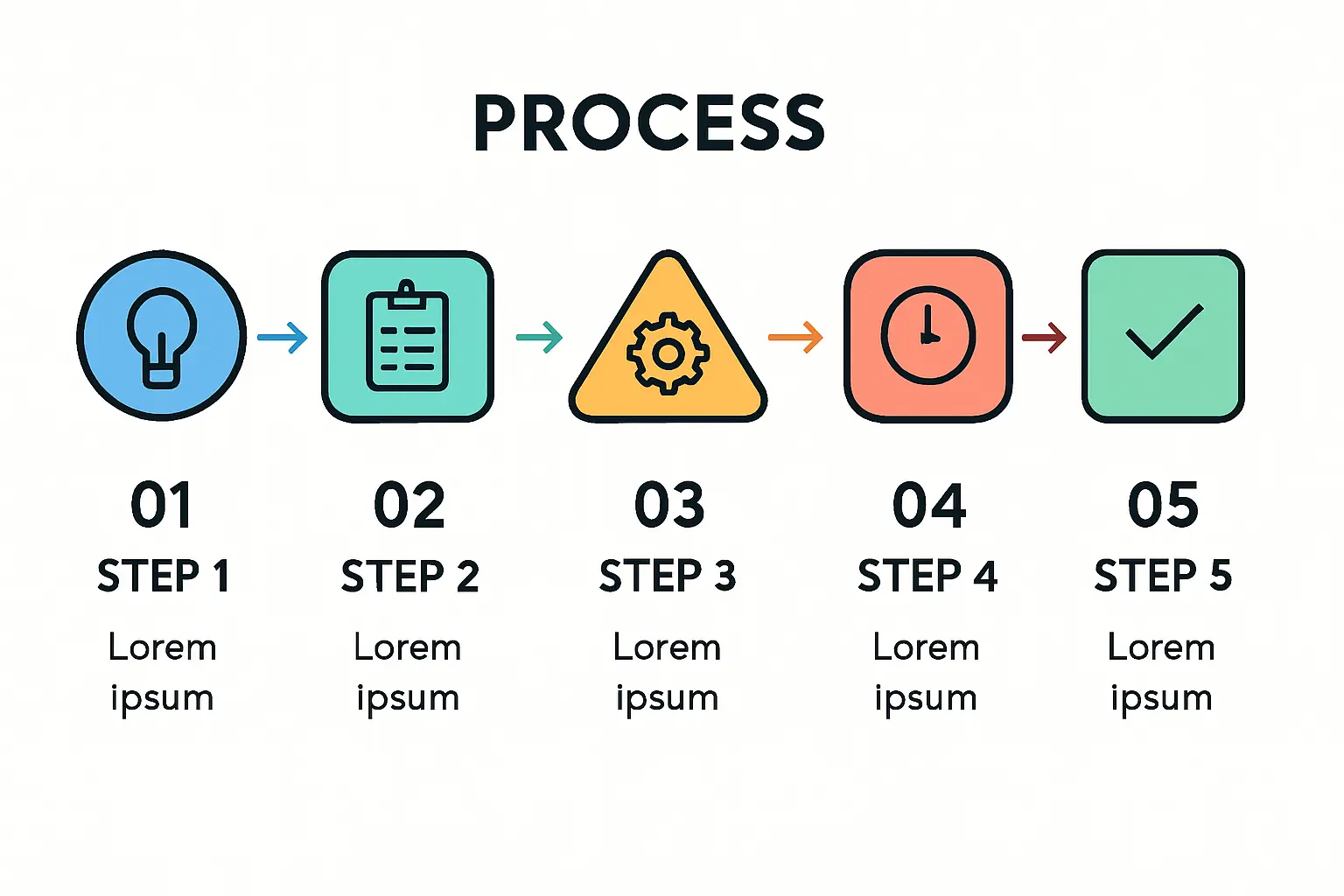
Pioneer Status vs. Investment Tax Allowance: A Business-Focused Comparison
Choosing the right incentive requires careful financial analysis. The decision rests on the relationship between capital expenditure and profitability.
-
Choose Pioneer Status if: Your project is expected to be highly profitable from the early years with relatively lower initial capital costs. The 70% tax exemption on profits provides immediate and substantial benefits.
-
Choose Investment Tax Allowance (ITA) if: Your project involves significant upfront investment in solar manufacturing equipment and infrastructure. The 60% allowance on this expenditure provides a powerful tool to reduce taxable income, which is particularly valuable for capital-intensive operations.
Frequently Asked Questions (FAQ) for Investors
What is considered ‘Qualifying Capital Expenditure’ (QCE) for the ITA?
QCE generally refers to the cost of the factory building and the purchase of new machinery and equipment used directly in the manufacturing process. It does not typically include the cost of land.
Can a company apply if it is not yet incorporated in Malaysia?
Yes, an application can be submitted before the Malaysian entity is formally incorporated. However, the incentive will be granted only to the Malaysian-registered company that will implement the project.
What are common reasons for application delays or rejections?
The most common reasons are incomplete documentation and a weak business case. A proposal that lacks detailed financial projections, a clear market strategy, or a compelling explanation of its value to the Malaysian economy is unlikely to succeed.
Is a local Malaysian partner a requirement for approval?
While not a strict requirement for 100% foreign-owned manufacturing projects, having a reputable local partner can be viewed favorably, as it demonstrates a deeper commitment to the local economy.

Conclusion: Securing Your Position in Malaysia’s Solar Future
Malaysia presents a strategic opportunity for investors looking to establish a solar manufacturing presence in Asia. The government’s clear commitment, backed by tangible incentives like Pioneer Status and the Investment Tax Allowance, creates a highly favorable environment.
However, success is not automatic. It requires a meticulous application that is both technically sound and strategically aligned with Malaysia’s economic objectives. A well-defined business plan and technical concept are foundational to a successful MIDA application, helping turn a promising concept into a tangible, government-approved project.

